| The idea of syntopical reading was invented by Mortimer Adler about the time the first Usonians were being built and made famous in How To Read a Book [rdtfBook]. The process is to read several books at once and “engage” the authors in a dialog about the deeper meanings contained in the works. Most of the books listed below are about Usonian Houses. There are books that go broader to wright work in general and even to the history and culture of the times. These provide valuable context necessary for full understanding. In my mind, these works constitute a minimal list for approaching the subject intelligently. The information contained in them and the knowledge thus created by interactive reading and dialog, coupled with real work experience, constitutes the cost-of-entry into the postUsonian game. | | 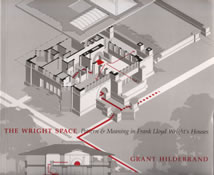 | | One of the first thoughtful, detailed and credible academic studies of Frank Lloyd Wright. A welcome book in what was till then a sea of misinformation. Important reading for technical understanding. | | 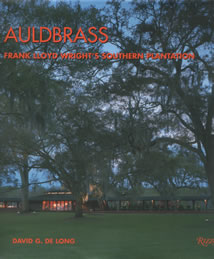 | | This is the story of Wright’s only plantation. Like everything he did, he turned the rules upside down. It is also the story of a remarkable restoration effort and legitimate re-use of the property. I include it here because, despite its size, this is a Usonian at heart. | | 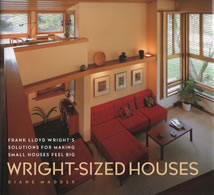 | This work walks you through the basic elements that made Mr. Wright’s small house work in such a remarkable manner. I provide a review of the book at the link below. [link] | | 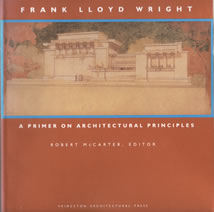 | | Another serious book of analysis and an important read. What Wright was really saying and doing has to be taken in as free of contemporary filters as possible. What conclusions you draw are your own. The first task, however, is to understand. | | 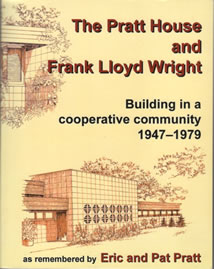 | | This book is recently published and tells its story in a direct, simple honest way. The reflections of the children, now adults, who grew up in this house are particularly important. The spirit and the energy of post WWII America is captured here - the Pratt’s decided what they wanted and went out and did it. Remarkable! | | 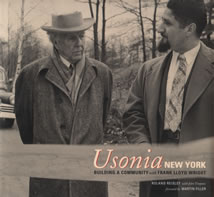 | | One of several attempts to build a Usonian community and perhaps the most successful. And, another story of post WWII. The author joined the community early, built a Wright-designed Usonian, lived there ever since, and now tells the story of it all. | | 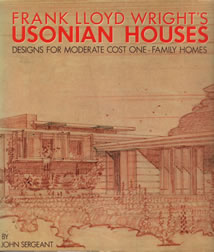 | | The first comprehensive study of the Usonian House. Very well done. This book comprehensively details the elements of the Usonian and shows how the standard parts, when brought together correctly, created a great variety of unique works. This is worth many hours as the real lessons are subtle. | | 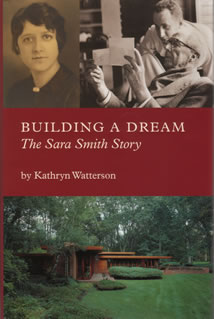 | This is a story about a remarkable couple and the Usonian they built against all odds. They built and lovingly lived in what is unquestionably one of Mr. Wright greatest houses not matter time or budget. This story illustrates the critical relationship between client and architect - the synergy that makes the unique result. This is also the story of the opportunity that was the USA. [link] | | 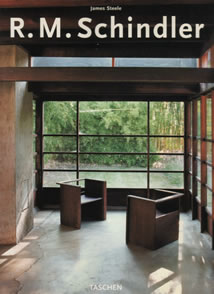 | | Any study of Usonians starts with Schindler’s own home built in the 1920s which is a case of the the “student” leaping ahead of the master. There is no doubt in my mind that Wright, who saw the house several times, took the hint and re-trumped Schindler. The 1930s were a great renascence for FLlw and the Usonians rank as art with Falling Water. | | 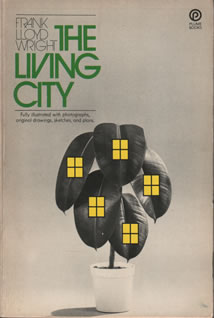 | | What is the CONTEXT in which the Usonians were conceived? Broad Acre City was Mr. Wright’s focus during the his work-draught of the late 1920s and early years of the Fellowship and in it you can see the seeds of all the work he did in the 30s, 40s and 50s. The Living City, completed just before he died, was his last statement on his ideal cityscape. This became, in highly distorted form, what today we call suburbia. | | 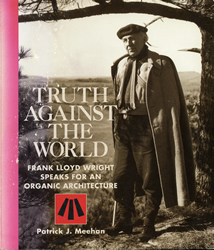 | | Nearly 60 years of speeches by Frank Lloyd Wright defining his philosophy, work and organic architecture. The editor does a good job of selecting, organizing and setting the stage for this material which also includes many photos not to be found elsewhere - a worthwhile read. | | link: a virtual tour of FLlw works | | I recommend that you read these books in three stages: together, synoptically as Adler explicates, and do this first pass quickly. This is a good weekend exercise. Then go back to the individual works in some detail (always remembering to jump back and forth between them as appropriate). Finally, as you start thinking about your own habitat, use these works as reference - not to copy - but to extract inspiration and information from. Mr. Wright practiced architecture for over four decades before he designed the first Usonian. These are simple houses but the thought process behind them was not trivial. They cannot even be copied today, let alone recreated, by a superficial approach. Everything costs something and the Usonians, while not expensive financially for what they accomplished, cost understanding. One reason why architecture is so expensive today is that far too often money is attempted as the substitute for knowledge, skill and desire. You cannot buy a valid postUsonian expression - you have to create it. | | 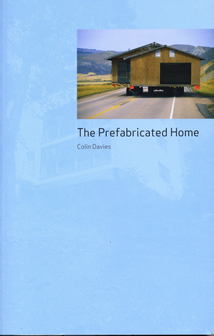 | This book by Colin Davies is a blunt criticism of architects and their failure to embrace the issue of housing. It also is a comprehensive survey of the history of prefabrication in the West. My view of what makes architecture is different than what he presents which is a dichotomy between architecture and common work. I believe there is a third way with neither side” dominating. At any rate, his points cannot be ignored. | | | | | Return To postUsonian Index | | | | | | Return To post Usonian Prototypes | | | | | Matt Taylor
Elsewhere
May 18, 2004 | 
SolutionBox voice of this document:
VISION • PHILOSOPHY • PROGRAM |
posted May 18, 2004 revised August 25, 2005
• 20040518.303009.mt • 20040520.988821.mt •
• 20040521234120.mt • 20050825.240981.mt • (note: this document is about 75% finished) Matt Taylor 615 525 7053 me@matttaylor.com Copyright© Matt Taylor 2004 | |
|